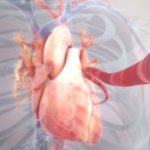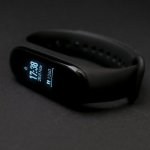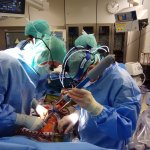
Article • Hospitalists explore diagnostic and therapeutic adjustments
Dual challenge: Managing critical care of the pregnant inpatient
Hospitalists face a dual challenge when a critically ill pregnant patient is admitted to a hospital: providing safe and effective treatment for both mother and fetus. Pregnancy causes physiologic changes as well as anatomical ones, which complicates the assessment and medical management of pregnant women. At the annual meeting of the Society of Hospital Medicine (SHM) in Las Vegas, an expert…
































































































